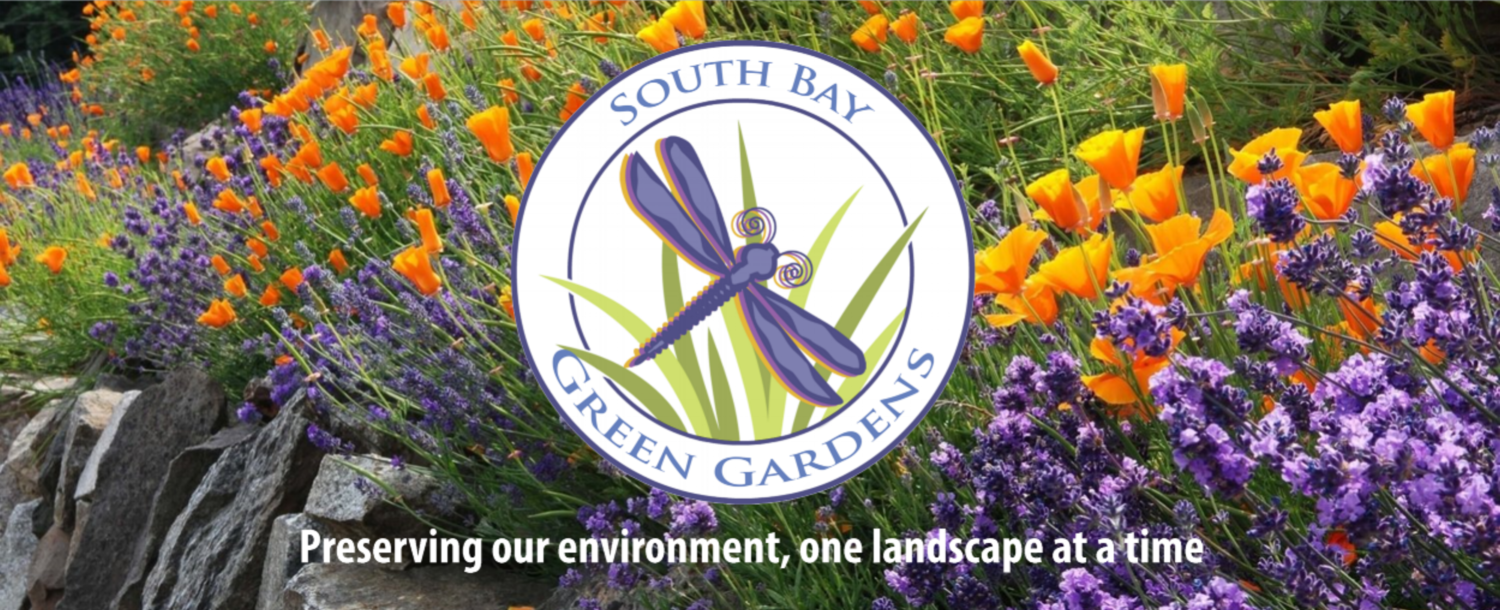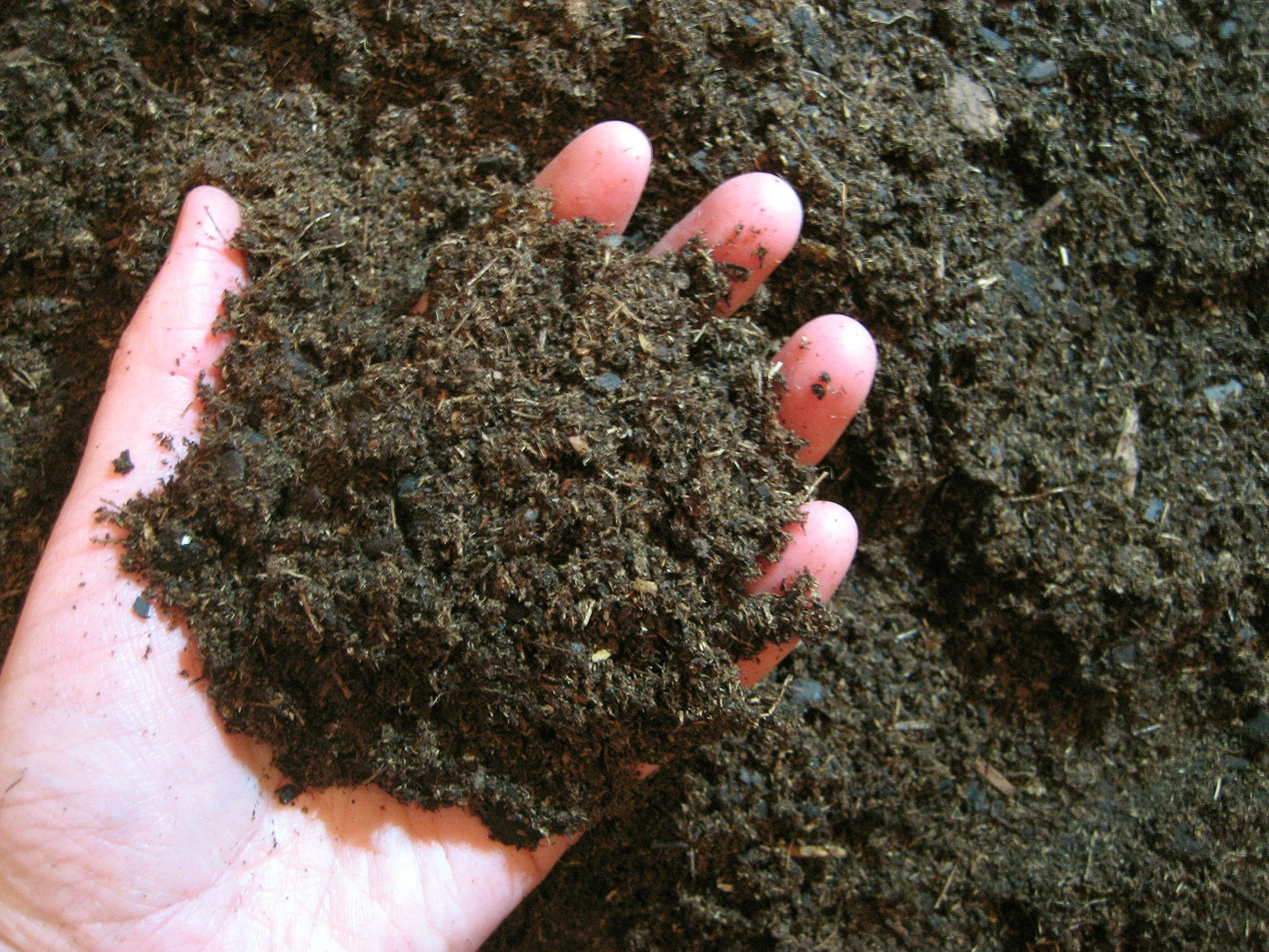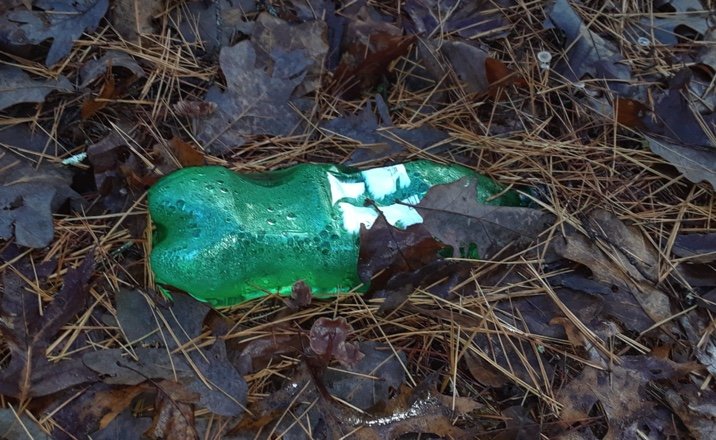Creating an accurate irrigation schedule can be daunting, but Valley Water has just launched a powerful irrigation scheduling tool to help take the guesswork out of how much your landscape should be irrigated. This free tool, available to landscapes throughout California, will assist you in creating accurate, water-conserving irrigation schedules for either your conventional or smart controller.
The Valley Water Irrigation Scheduler uses historical weather data based on your site location, along with landscape-specific inputs, such as plant type, irrigation equipment, and sun exposure, to calculate a custom irrigation schedule for your California landscape. The Irrigation Scheduler can also accommodate drought watering restrictions, such as days per week watering limitations. Get started to create your custom irrigation schedule at Valleywaterscheduler.com!
In addition, if you’re still using a standard irrigation controller, rebates are available to upgrade to a smart controller that uses local weather data or soil moisture readings to automatically tailor irrigation schedules to your plant’s needs. Apply for Valley Water’s Landscape Rebate Program for pre-approval!










